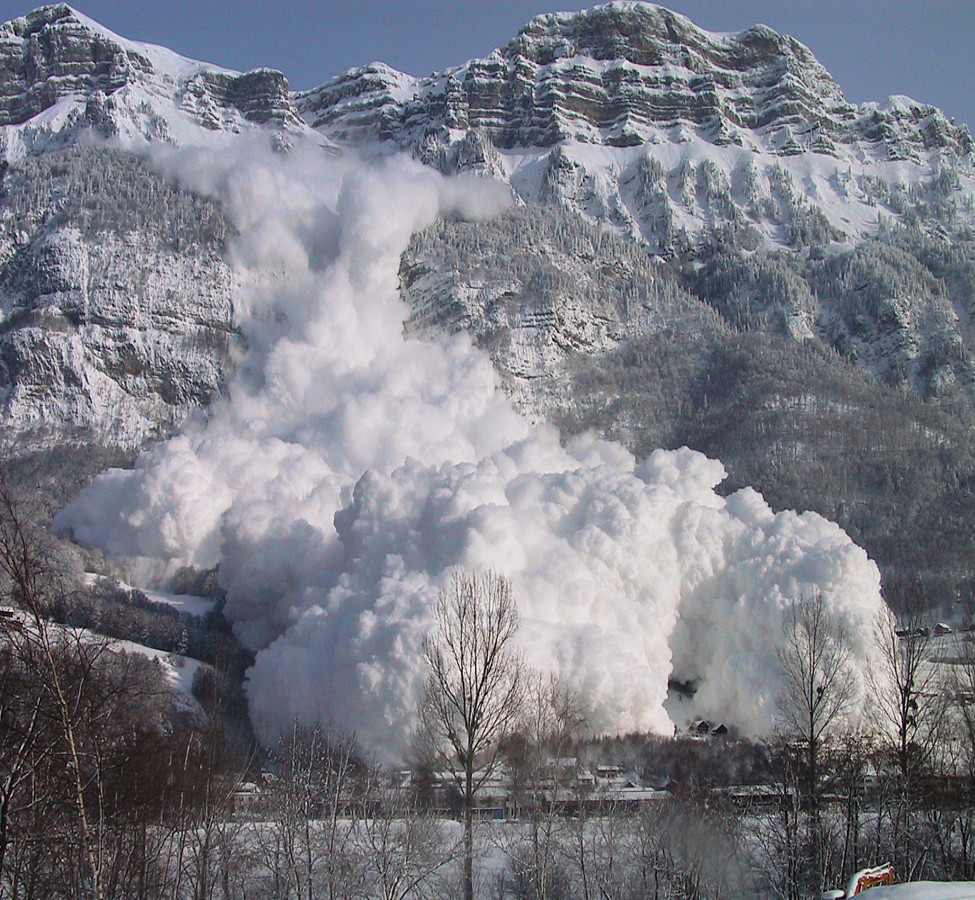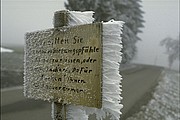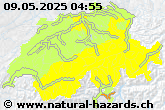Cold wave
The term «cold» (also cold wave) describes an unusual fall in temperature that is triggered by the transport of cold air masses into a specific area.
Cold waves in Switzerland
Periods with extraordinarily low temperatures can arise in Switzerland through the advection of polar air from northern latitudes or from continental air masses over eastern Europe. Long periods of cold weather can affect traffic and transport in particular, i.e. rail and air travel and private road transport. The risk of traffic accidents increases considerably through the widespread presence of ice on roads. People who are exposed to cold for long periods (e.g. the homeless) are at risk from frostbite during strong cold waves.
Water courses and water bodies often freeze as a result of the low temperatures. If ice floes form on flowing watercourses, blockages can arise which can, in turn, lead to flooding.
A cold wave occurred in Switzerland and large parts of Europe in winter 2009/2010. One of the best known cold waves resulted in the freezing of all Swiss lakes, including Lake Constance, in winter 1963.
Cold waves and the number of frost days in Switzerland will tend to decrease in future as a result of climate change.




